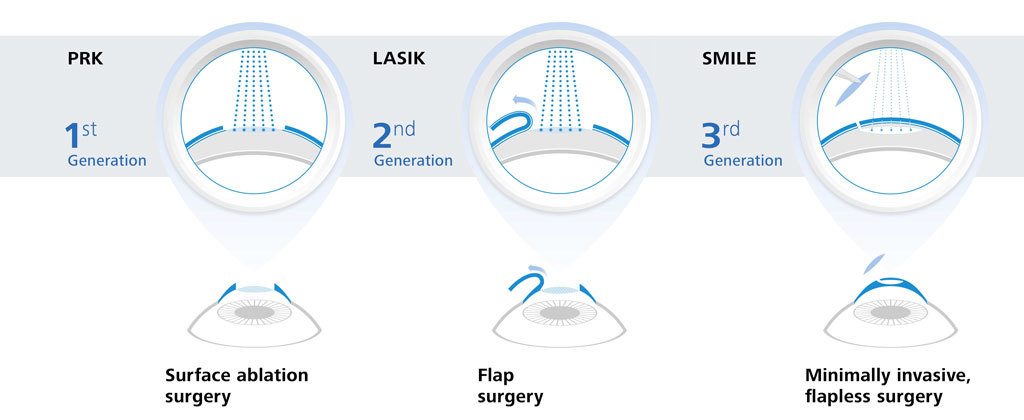A Comprehensive Overview To Refractive Lens Exchange: Info Frequently Ignored By Your Ophthalmologist
A Comprehensive Overview To Refractive Lens Exchange: Info Frequently Ignored By Your Ophthalmologist
Blog Article
Authored By-Blackwell Schofield
Have you ever before thought about Refractive Lens Exchange (RLE) as an alternative for vision modification? While it isn't as commonly talked about as LASIK, RLE could be a game-changer for your sight. Many individuals overlook its advantages, believing conventional techniques are their only option. Yet what are the real benefits, and what might your ophthalmologist not be telling you regarding this procedure? Allow's check out the ins and outs of RLE together.
Comprehending Refractive Lens Exchange: The Essentials
Refractive lens exchange (RLE) is an operation that can considerably boost your vision, specifically if you're managing presbyopia or severe refractive mistakes.
During RLE, your eye surgeon removes your eye's natural lens and changes it with a man-made one customized to your vision needs. This treatment can fix nearsightedness, farsightedness, and astigmatism, giving you clearer vision without depending on glasses or call lenses.
The surgical procedure is normally quick, taking less than an hour, and most people experience marginal discomfort. Healing is reasonably quick, permitting you to go back to your day-to-day activities shortly after.
If you're thinking about RLE, talking to your eye doctor can aid you identify if it's the appropriate choice for you.
Key Distinctions In Between RLE and Typical Cataract Surgical Procedure
While both refractive lens exchange (RLE) and conventional cataract surgical procedure include replacing the eye's natural lens, their main objectives and client accounts vary dramatically.
RLE is aimed at individuals seeking to reduce their reliance on glasses or get in touch with lenses as a result of refractive mistakes, typically before cataracts establish. In contrast, conventional cataract surgical procedure generally targets clients who have actually established cataracts, which cloud the lens and hinder vision.
The lenses used in RLE can provide a more comprehensive range of vision improvement, while basic cataract surgery generally entails basic monofocal lenses.
In addition, RLE prospects are often more youthful and in excellent total health, whereas cataract people might be older and have other health worries.
Picking the right procedure relies on your certain vision needs and situations.
Prospective Benefits and Considerations of RLE
If you're taking into consideration refractive lens exchange (RLE), you'll locate numerous prospective advantages that might boost your lifestyle.
RLE can provide you with clearer vision, minimizing or eliminating the demand for glasses or contact lenses. It uses a chance to deal with presbyopia and various other refractive mistakes all at once, usually improving your general visual acuity.
In addition, RLE can be a great alternative if you're not a suitable prospect for LASIK. Nonetheless, mouse click the next document is very important to consider the considerations, like the cost, possible dangers, and the recovery period.
Reviewing your specific demands with your ophthalmologist can aid you make an informed decision, guaranteeing you select the best course for your vision correction.
Final thought
Finally, refractive lens exchange uses an one-of-a-kind solution for vision improvement that exceeds what LASIK can supply. It's important to consider the benefits against potential dangers and prices before making a decision. Don't think twice to ask your eye doctor the tough concerns to guarantee you fully understand the treatment and its effects for your vision. With the appropriate information, you can confidently select the best alternative for your eyes and lifestyle.
